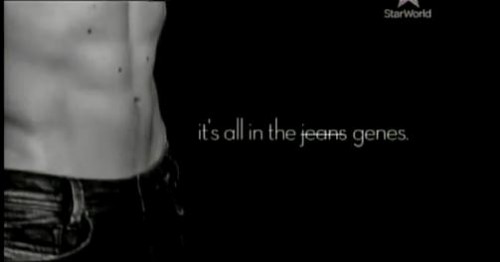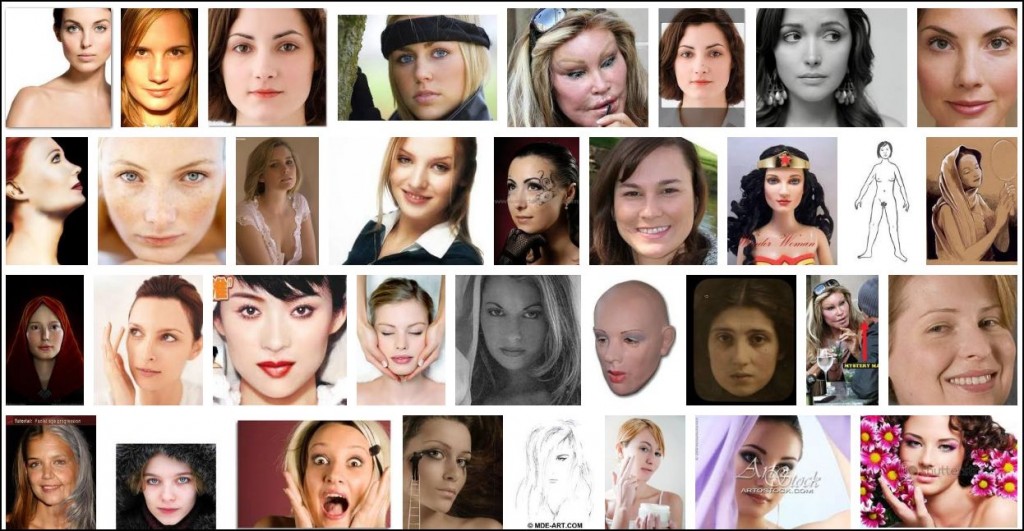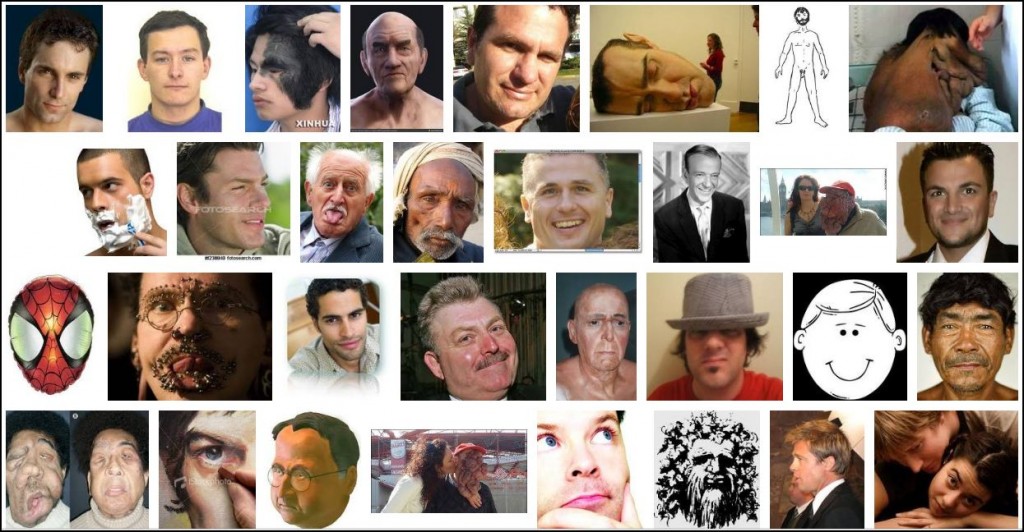Cross-posted at Jezebel.
Carey Faulkner, a visiting Assistant Professor at Franklin & Marshall, asked us to post about a blog that has recently gotten quite a bit of attention: Born this Way. The site posts photographs of gay-identified adults as children. Submitters argue that the photographs are proof that they were born gay.
Perusing the photographs tells an interesting story: being gay — that is, being sexually sexually or romantically attracted to members of the same sex — is conflated with being gender non-conformist — adopting the mannerisms and interests of the other sex. This is the argument made in the vast majority of posts: it’s obvious I was gay because I broke rules of masculinity/femininity by doing things like sniffing flowers, posing jauntily, liking Snow White, and playing with Barbie.
It is a specifically American belief that gay men act feminine and lesbians act masculine. But, in fact, gay men and lesbians have a wide range of gender performances, as do straight and bisexual people. In fact, most of us could probably find a picture or two in our histories showing gender non-conformity. Meanwhile, most gay men and lesbians could probably find pictures of themselves conforming. That gender performance is associated with sexual orientation in our society is a belief in U.S. culture, but it’s not somehow inevitable or biological.
Nevertheless, the site perpetuates this conflation in an effort to support the notion that being gay is biological. In contrast to this assertion, however, excellent research has shown that there is no trans-cultural, trans-historical gay identity and interpretations of same-sex sexual behavior vary wildly (see, for example, Herdt’s Same Sex, Different Cultures, DeEmilio’s Capitalism and Gay Identity, and Katz’s The Invention of Heterosexuality). And genetic, hormonal, and neurological research has thus far failed to show conclusively that being gay is biological, let alone that it is biologically determined or that it manifests in gender non-conformity.
Still, many gay men, lesbians, and their allies desperately want to prove that being gay is biological on the assumption that showing so will mean that intolerant people will be forced to accept them. But this simply isn’t true. People who are against homosexuality will likely just re-define their opposition. Instead of saying that being gay is a sinful choice, they could simply argue that it is a disease, like cancer, or a deformity, like a cleft palate. They say so already:
When an individual is not drawn to a member of the opposite sex, in biology that’s called an error.– Dr. Laura SchlessingerHomosexuality is a disability and if people wish to have it eliminated before they have children—because they wish to have grandchildren or for other reasons—I do not see any moral objection for using genetic engineering to limit this particular trend. It would be like correcting many other conditions such as infertility or multiple sclerosis.
– Former Chief Rabbi of the United Kingdom, Lord Jakobovits
I appreciate what Born This Way is trying to accomplish, but I don’t think that convincing people that homosexuality is biological will have the effect many hope for. In the meantime, they’re doing everyone a disservice by perpetuating the stereotype of sissy gay men and butchy lesbians.
Lisa Wade, PhD is an Associate Professor at Tulane University. She is the author of American Hookup, a book about college sexual culture; a textbook about gender; and a forthcoming introductory text: Terrible Magnificent Sociology. You can follow her on Twitter and Instagram.














